Ruohong Wu creates unique porcelain objects using Chinese mass-production techniques
January 07, 2019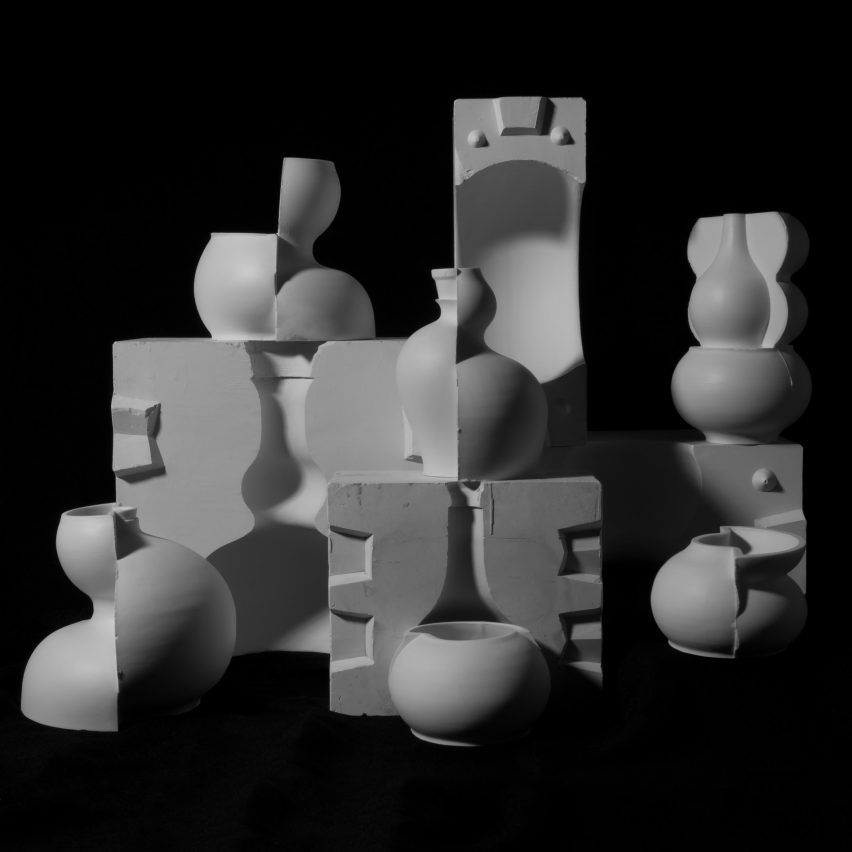
Rotterdam-based artist Ruohong Wu aims to attach a new meaning to the phrase "made in China" by using the country's infamous mass-production methods to create unique porcelain vessels.
In a bid to prove that mass-produced objects don't have to be devoid of individuality, Wu has created a collection of slip-cast porcelain objects using recomposed moulds taken from the streets of China.
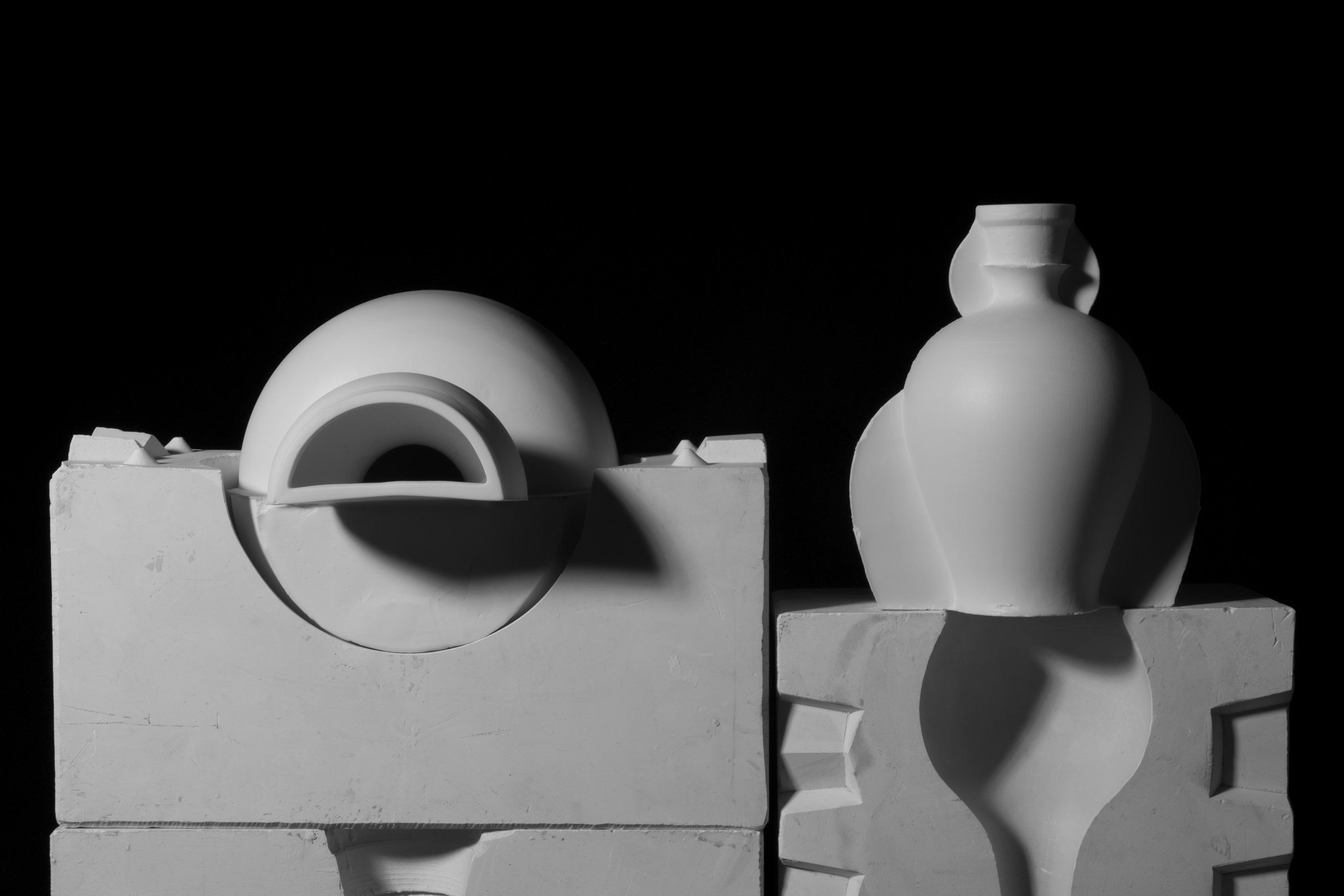
The project, called All Different All Equal, was born after Wu took a trip to Jing De Zhen – a city in China's northeastern Jiangxi province, also known as the "capital of porcelain".
Expecting to talk to experienced craftsmen and become acquainted with the traditional techniques of porcelain making, Wu was surprised to instead find "abandoned factories, struggling makers and a huge amount of cheap souvenirs laid out on side streets waiting for buyers".
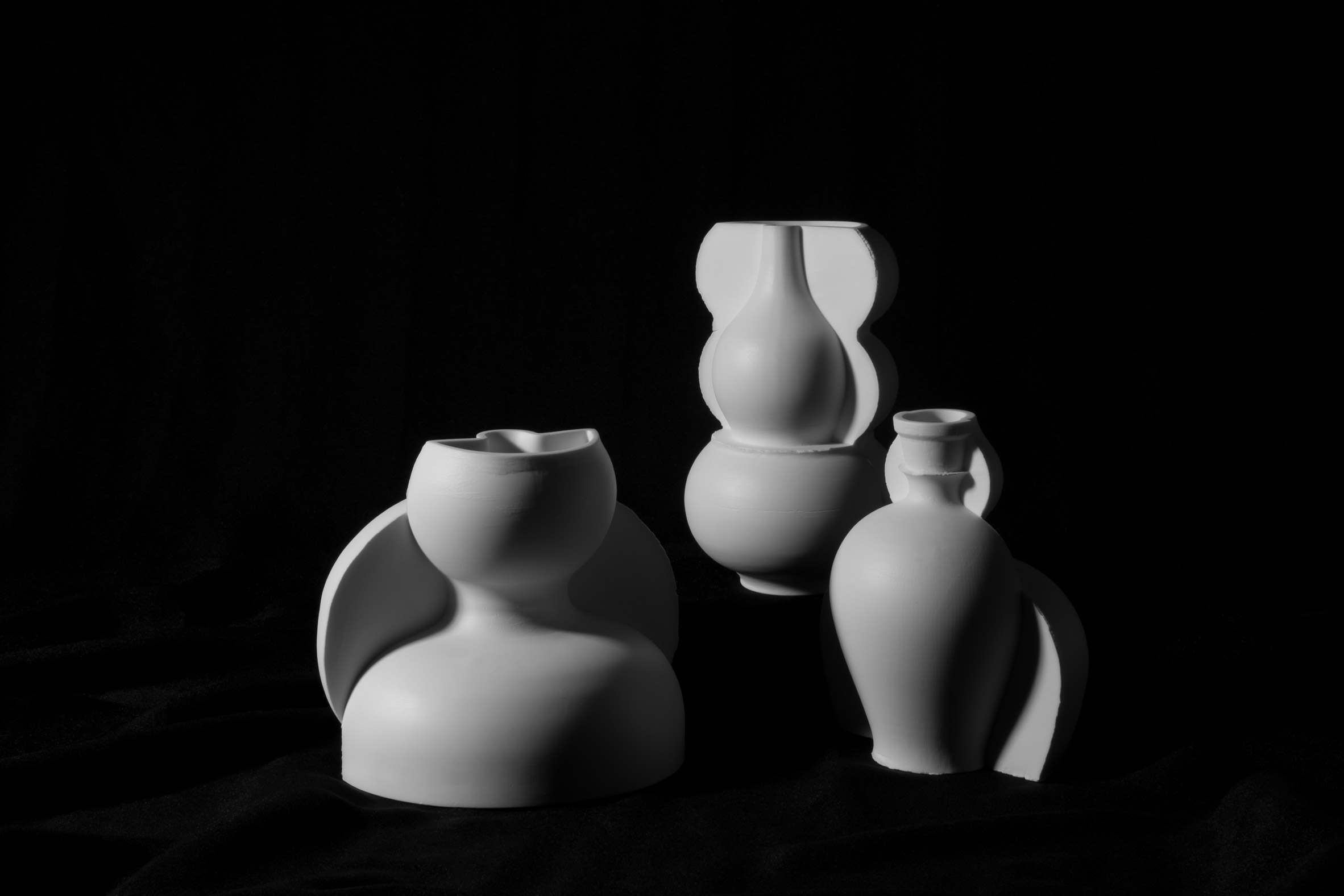
She wanted to design a set of objects that would reflect this contradiction – that China is both a country known for its quality, age-old crafts, but also for its abundance of mass-produced, novelty objects.
"After 1,700 years of producing extremely sophisticated pieces under the request of the king, artisans started to struggle with defining their value in the communist society," explained China-born Wu.
"Many of them are forced by the market to make cheap souvenirs using mass-production methods," she continued. "Artisans often consider modern methods as standard and cheap, and at the same time find difficulties in adapting their skilled hands to new aesthetics and demands."
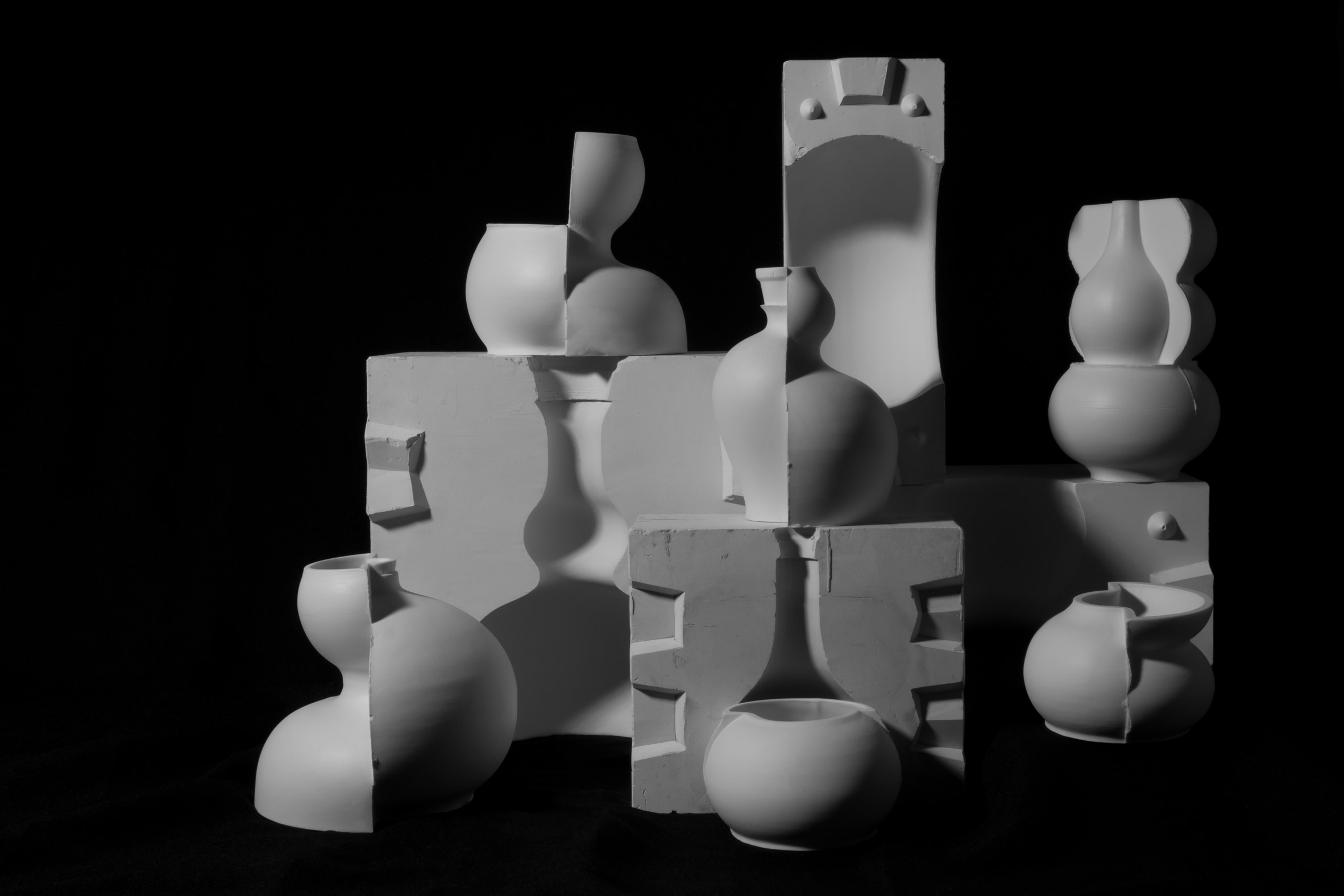
Shocked by the vast amount of moulds that were thrown away after just a few uses, Wu decided to collect these casts of classic ceramic forms, discarded by local artisans and porcelain-making factories around Jing De Zhen, and give them a second life.
By joining together mismatched parts of different moulds, which are typically used in mass production, and then slip-casting them in white porcelain, Wu created a series of unique, hybrid objects that she describes as "abstract yet timeless".
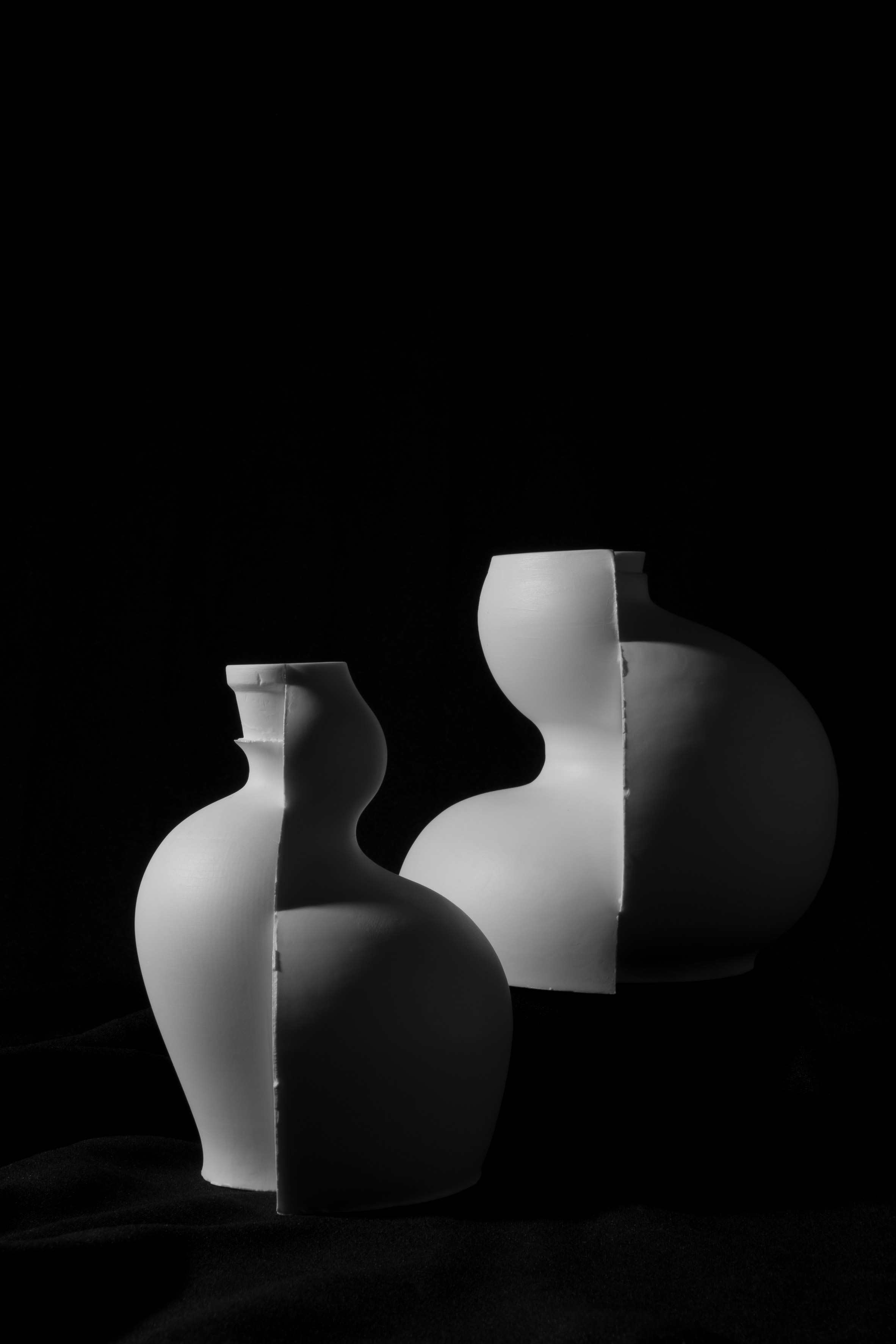
Visible marks of imperfection that occurred before or during the casting process were kept to further highlight the potential for individuality within mass production.
Wu's project proposes a new way of looking at the tension between craftsmanship and mass production methods that is present in China's porcelain industry, particularly in Jing De Zhen, by showing that Chinese designers can still create original objects.
She hopes that this can, in turn, shift the negative connotations that come with the "made in China" stamp.
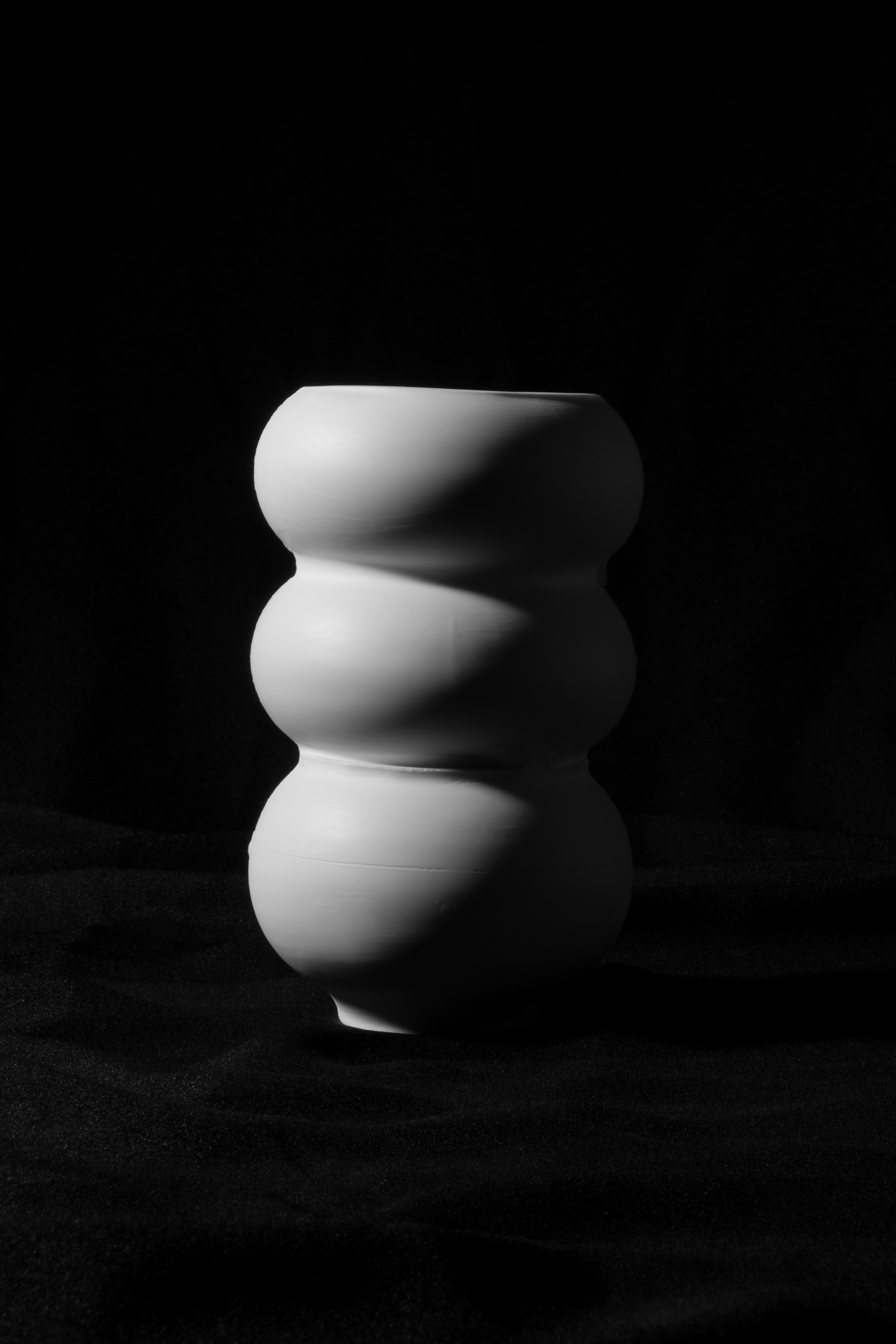
"I think Chinese design and production is at the starting point of a great revolution," Wu told Dezeen. "We have started to treat our own culture more seriously, and with confidence."
"After Chinese art began drawing the attention of international audiences in the last few years, such as with the work of Ai WeiWei, Chinese design started to enter a broader market," she continued.
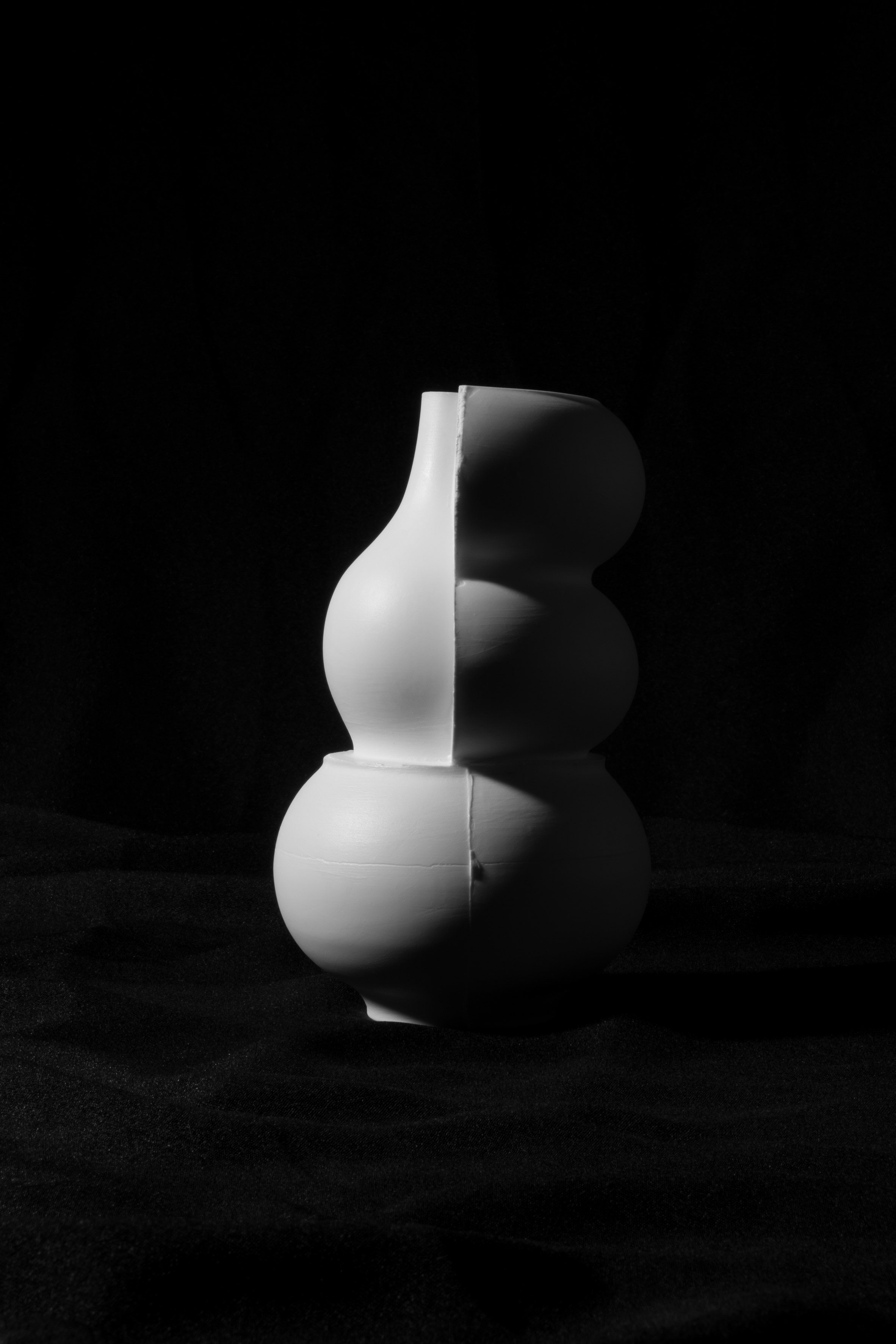
In a recent interview with Dezeen, Chinese designers Lyndon Neri and Rossana Hu of Shanghai studio Neri&Hu expressed that designers in China are no longer copying the west but are "developing their own language".
Like Neri and Hu, Wu believes that China is fast changing from a country that is seen to simply copy things into a hub for creative production.
"The market is very positive now about Chinese design," Wu told Dezeen. "Both brands and individuals see the opportunity of building the business or personal fame by doing original design related with local material and traditional technique."
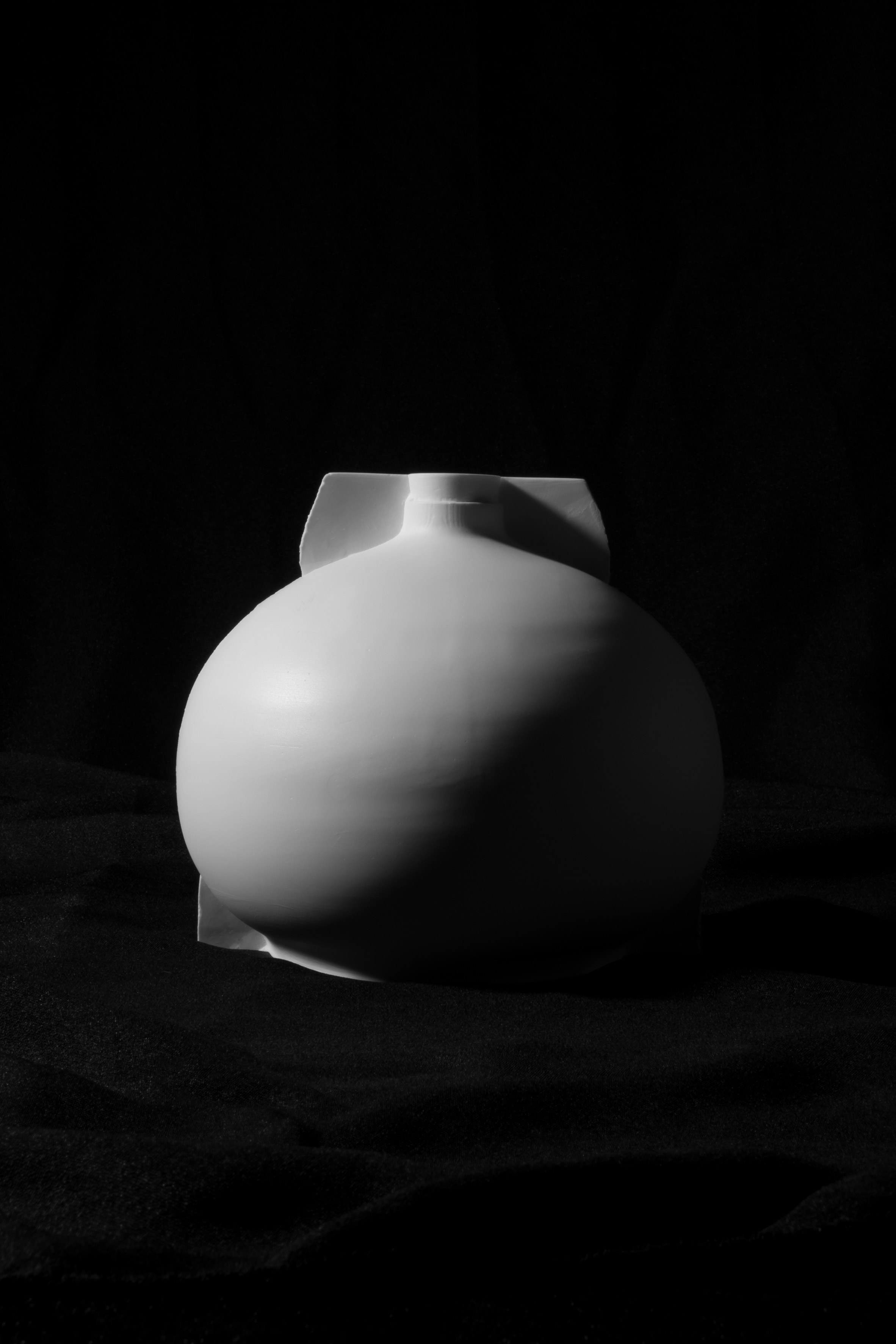
"That is why I think the revolution of Chinese design starts, because we are more interested in originality than doing cheap copies best known as 'made in China'," she continued.
"But at the same time, we still have a long way to go because everything in China is happening very fast, or too fast. When too much money starts to enter the market to quickly, sometimes it is hard to grow something good."
Photography is by Ji Xiao Tong.
The post Ruohong Wu creates unique porcelain objects using Chinese mass-production techniques appeared first on Dezeen.
from Dezeen http://bit.ly/2LVxWeJ
via IFTTT
0 comments